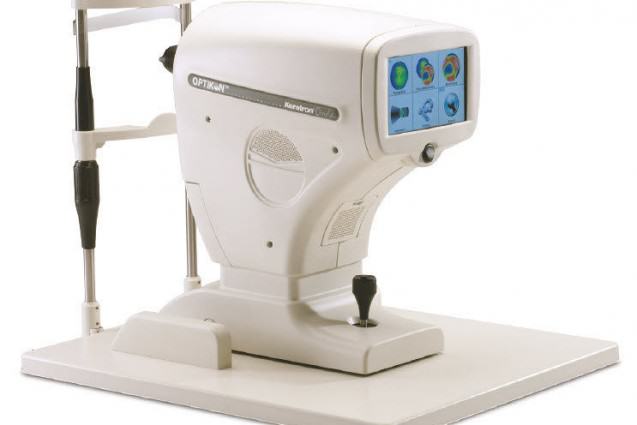Aberrometry
Ocular optical aberrations are a component of the visual system that determines the visual quality, proper identification and management are critical to achieving a good result in refractive surgery.
Visual deficiency have different components called lower order aberrations and higher order aberrations, the lower order aberrations include known nearsightedness, farsightedness and astigmatism. These aberrations are easily diagnosed with consideration for making glasses and can corrected with contact lenses, glasses or conventional laser surgery. The higher order aberrations are a group of equally important alterations that directly affect the visual quality. These aberrations can only be identified with an Aberrometry. During the correction we have to take into account any pre-existing aberrations for the best visual results.
All eyes have a combination of the two types of aberrations, causing vision to be a different individual trait for every patient, as a fingerprint. For example, even patients with the same refractive error, may have a different view depending on each aberration.
Until recently the two patients from the previous example would have given the same treatment regardless of the higher order aberrations and today thanks to the Aberrometry, it can be evaluated comprehensively the quality of the visual system. Today the higher-order aberrations can be corrected with lasers coupled with wavefront systems, allowing custom refractive treatments where not only nearsightedness, farsightedness or astigmatism are corrected, but also all the small imperfections of individual optical system that determine the visual quality. Personalized treatments are a bit more expensive surgeries, but much more efficient.
The Aberrometry allows the surgeon to perform a correction of all the imperfections of the optical system and provide a better visual acuity and quality.

